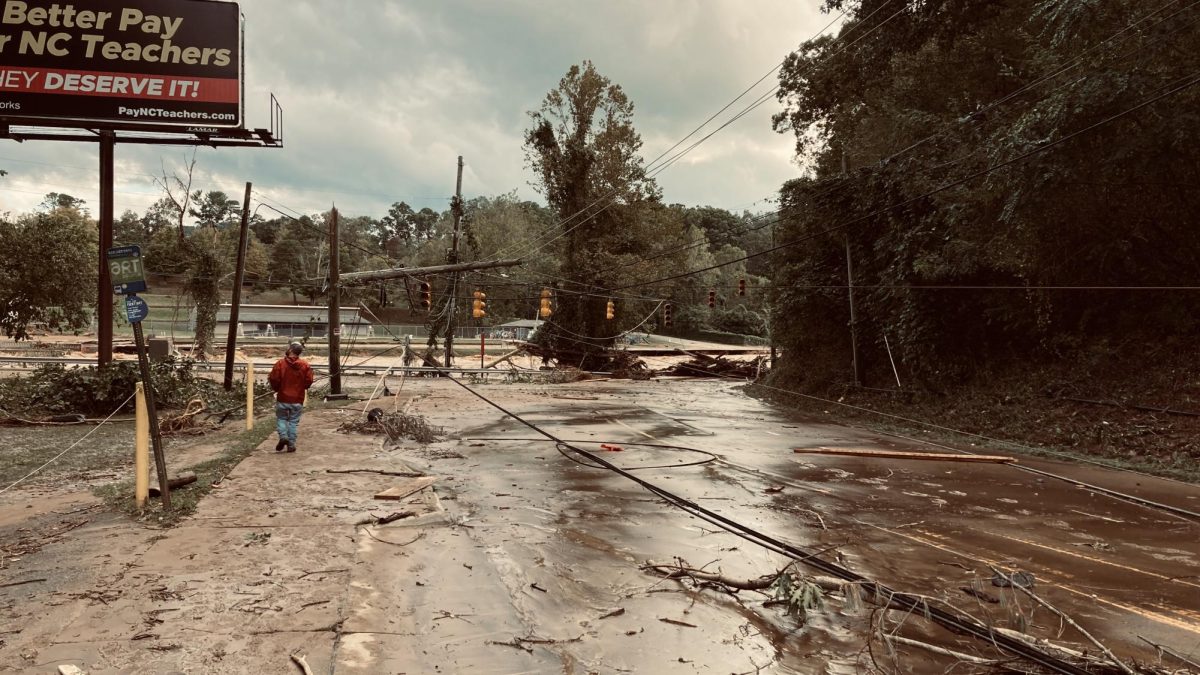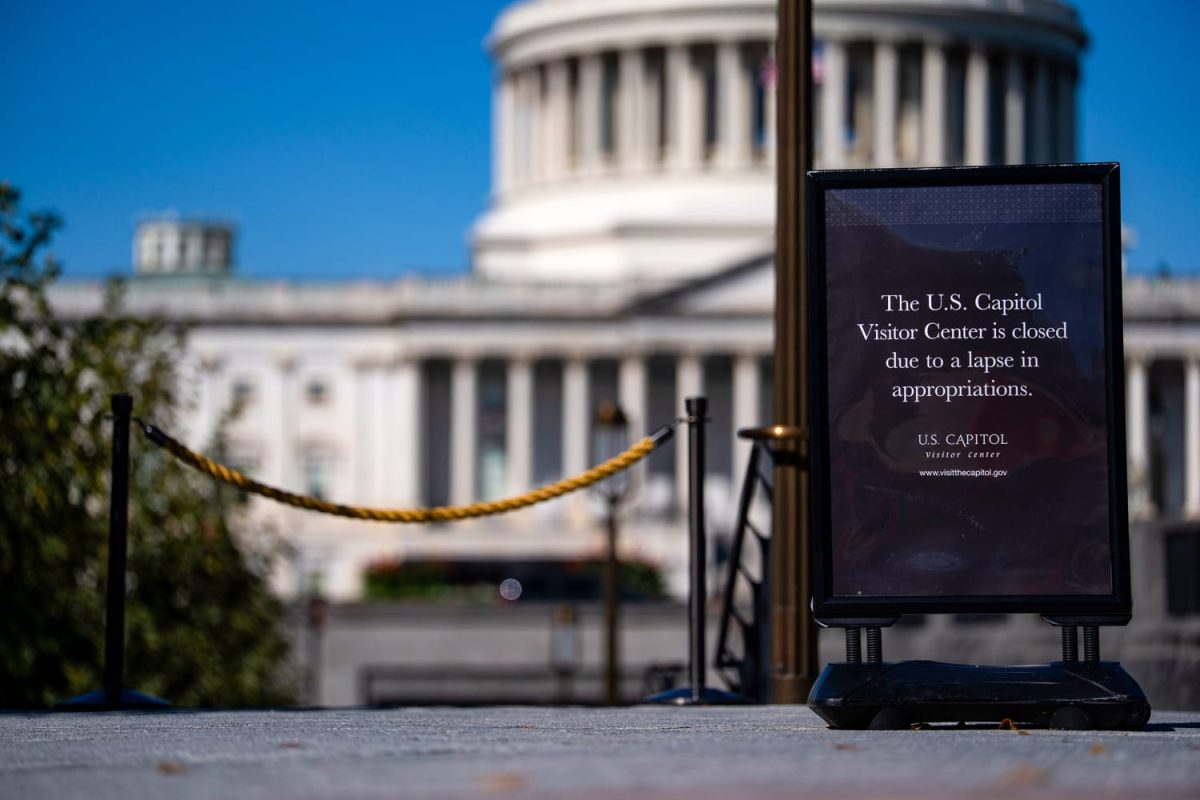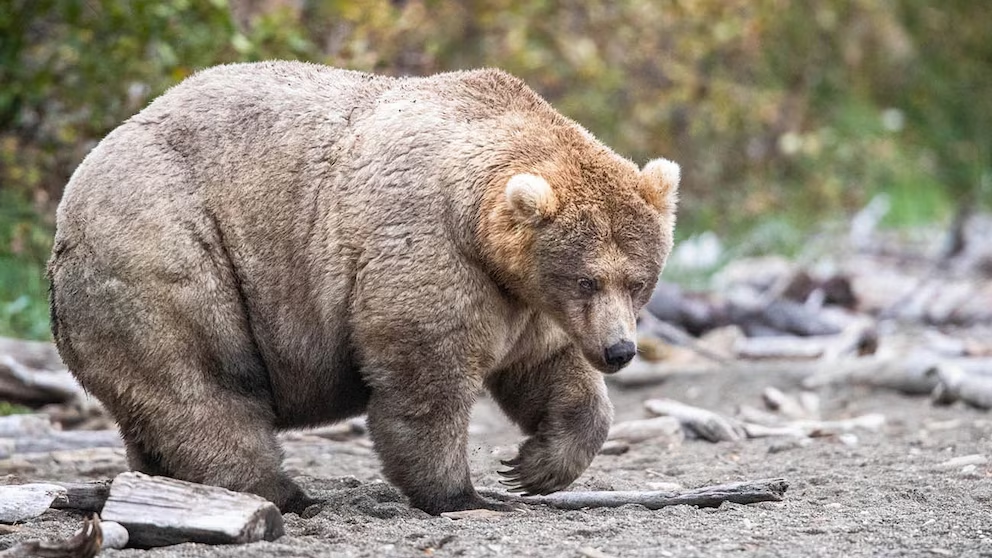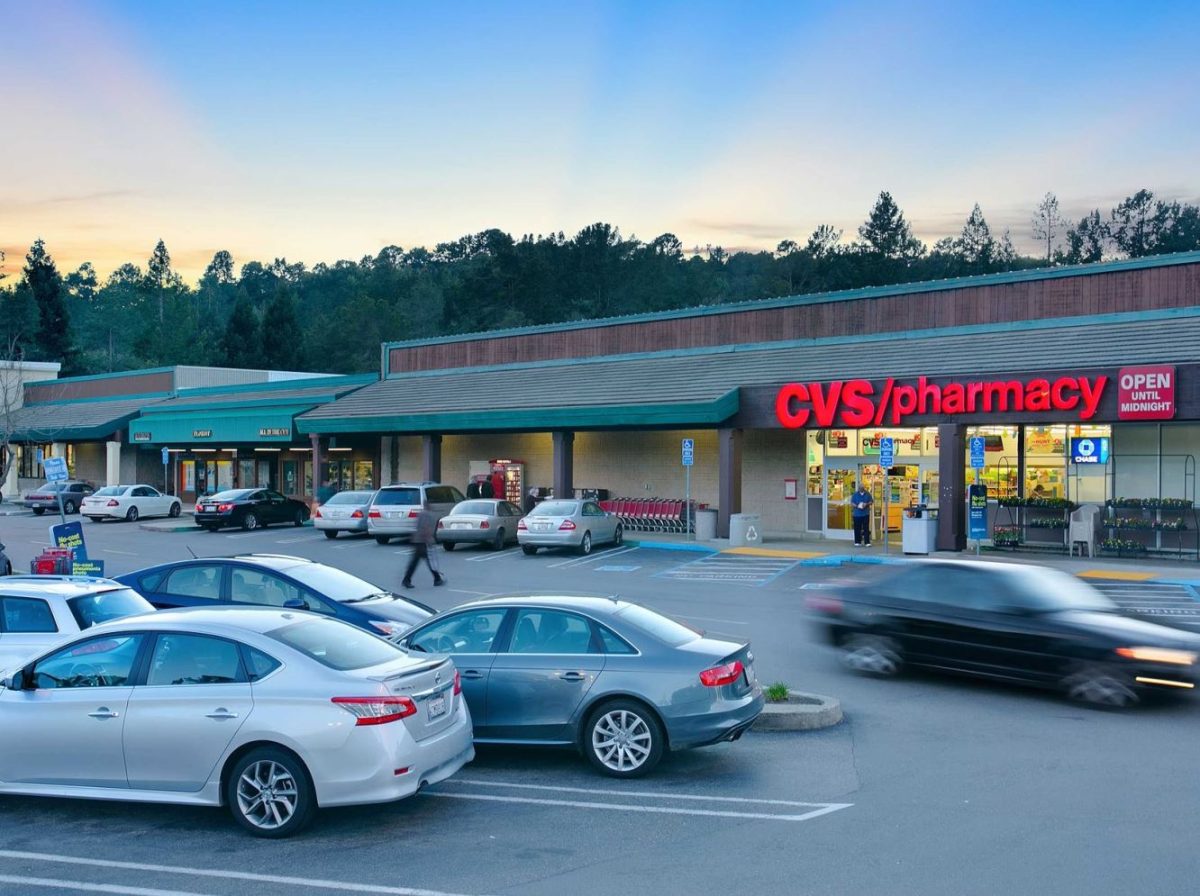On Thursday, September 26 2024 at 11:10 PM, Hurricane Helene made landfall in Keaton Beach, Fla. Immediately identified as a Category 4 hurricane, the storm quickly swept through Fla. and the rest of the Southeast, wrecking havoc across several states including Ga., Tenn., N.C., and S.C. Just as quickly as it arrived, the hurricane subsided a few days afterward—but it left heavy losses in its wake, with at least 230 deceased. Two weeks later, weather and government officials prepared for a second hurricane supposedly more fierce than the last: Hurricane Milton.
Natural disasters across the United States, not limited only to Hurricanes, are taking increasingly damaging proportions, raising concerns nationwide about the root causes of these natural phenomena. The heavy toll on not only infrastructure but also human life has brought the issue of worsening climate disasters to the forefront of politics. From government weather control conspiracy theories to debates surrounding the extent to which climate change is to blame, both hurricanes’ implications will stretch even beyond the panic and grievance families are experiencing now: they are warnings of our changing world.
Hurricane Milton is set to become one of the most destructive in American history. Packing powerful winds of up to 145 mph, the hurricane unleashed sizable storm surges that flooded many major cities like Tampa and St. Petersburg. The storm’s trajectory was only oriented toward Fla. but, due to the pure magnitude of the hurricane, adjacent states endured its ravage simultaneously. For reference, Milton converted from a tropical storm to a full-fledged category 5 hurricane in a mere 10-hour period, with winds of up to 180 mph and one of the lowest barometric pressure readings in the Gulf in the past year before weakening to a category 3 upon landfall. Unlike previous hurricanes, Milton’s quick formation makes it an anomaly compared to previous storms: for reference, the most powerful hurricane hitting the mainland in the past 12 years was only a Category 3 storm. Furthermore, the fact that two such destructive storms make back-to-back landfalls in a span of mere weeks is an extremely rare occurrence that has only happened twice in American history.
“Everything that you would want if you’re looking for a storm to go absolutely berserk is what Milton had,” Colorado State University hurricane researcher Phil Klotzbach said to the Associated Press.
In response to the ensuing storm, the White House and local officials deployed several thousands of military and state servicemen to lead rescue and shelter efforts. The Tampa Bay area was notably hit by surging wind speeds surpassing 125 mph that pierced the tarp on top of Tropicana Stadium, a major league baseball stadium designated to host thousands of evacuees. The storm’s wind intensity and fluctuating air pressure also caused a series of tornado outbreaks in the area. According to USA Today, the storm disabled multiple Floridian power grids, causing 920,000 to go without power. Heavy storm surge ranging up to 15 feet brought heavy flooding across the state, prompting local officials to issue mandatory evacuation measures, some of which are still active a week after the storm in Hillsborough County.
This devastating storm is a reminder of the rising frequency and danger of these weather and climate emergencies. Across the country, disasters are continuing to run at record highs. Take California for example, who alone experienced approximately 10,000 record-breaking fires in 2020. These fires ravaged the state with increasing intensity, causing over $19 billion in damage and over 4,000,000 acres burned. Other states, such as Mississippi, also encountered similar experiences with disasters, suffering a record-breaking number of tornadoes and millions of dollars in damages.
What has led these disasters to become so frequent? The primary explanation many offer is climate change. Credited with the worsening weather disasters year after year, climate change warms up the water and air temperatures, and more water evaporates, resulting in more natural disasters and more extreme storms. However, a second unique explanation has popped up: the government controls the weather. Citizens and politicians alike have bought into this narrative, both finding reasons for why the government is the cause of Hurricane Milton among other natural disasters. For many U.S. citizens, climate change isn’t seen as a problem. However, because they still need another explanation for these worsening weather patterns, they look towards the government for blame. This reasoning didn’t just remain in the public sphere, however—it made its way into politics. United States Representative Marjorie Taylor Greene is one example of politicians beginning to use this same reasoning, but rather to push an agenda against the opposing political party. She views the hurricane as an attack on Republican voters by the U.S. government and believes the government is lying about having involvement in Hurricane Milton. “Yes they can control the weather. It’s ridiculous for anyone to lie and say it can’t be done,” Greene said in a tweet.
Severe weather patterns are growing in number across the nation. Evident in the destruction and pure chaos created by Hurricane Milton, human tragedy increases with each new day—along with the political division, conspiracy, and polarization that arrives with each disaster. Ultimately, tragedies like Milton highlight the urgency of action amid constant societal quarreling.









